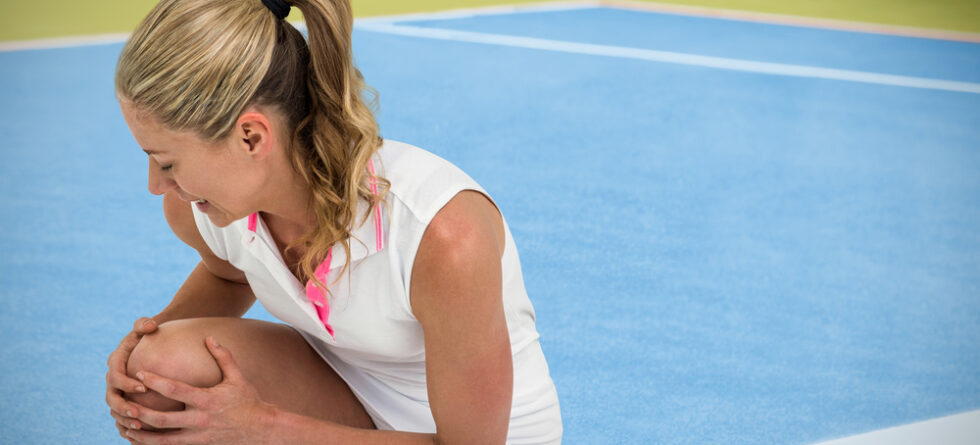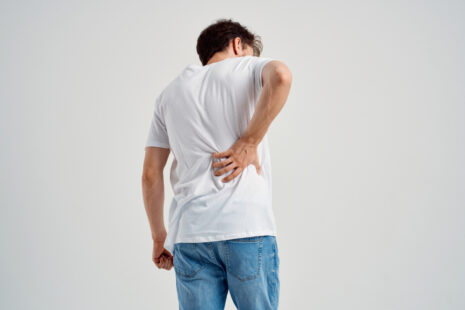First aid for tennis injuries involves immediate care and treatment provided at the scene of the injury to manage pain, reduce swelling, and prevent further damage until professional medical help can be obtained.
Here are some general first-aid steps for common tennis injuries…
- Sprains and Strains
- Rest the injured area and avoid putting weight on it.
- Apply ice wrapped in a cloth or a cold pack to the injured area for 15-20 minutes every 1-2 hours during the first 24-48 hours to reduce swelling and inflammation.
- Compress the injured area with an elastic bandage to help control swelling and provide support.
- Elevate the injured limb above heart level whenever possible to further reduce swelling.
- Tennis Elbow (Lateral Epicondylitis)
- Rest the affected arm and avoid activities that aggravate the pain.
- Apply ice to the outside of the elbow for 15-20 minutes every 1-2 hours during the first 24-48 hours to reduce pain and inflammation.
- Use a forearm brace or strap to provide support and alleviate strain on the affected tendons.
- Contusions (Bruises)
- Apply ice wrapped in a cloth to the bruised area for 15-20 minutes every 1-2 hours during the first 24 hours to reduce swelling and pain.
- Elevate the injured limb if possible to help reduce swelling.
- Cuts and Abrasions
- Clean the wound with mild soap and water to remove dirt and debris.
- Apply an antiseptic ointment and cover the wound with a sterile dressing or bandage.
- Dislocations or Fractures
-
- Do not attempt to realign or set bones or joints yourself.
- Immobilize the injured limb or joint using a splint or sling to prevent further movement.
- Seek immediate medical attention.
While first aid can help manage initial symptoms, it is not a substitute for professional medical evaluation and treatment. If a tennis injury is severe, causes significant pain, or is accompanied by deformity or loss of function, it is crucial to seek medical attention promptly.
Also, if there is any doubt about the severity or nature of the injury, or if the injury does not improve with first aid measures, consult with a healthcare professional or go to the nearest emergency department for further evaluation and treatment. They can provide a proper diagnosis and guide you on the most appropriate treatment plan for the specific injury.




